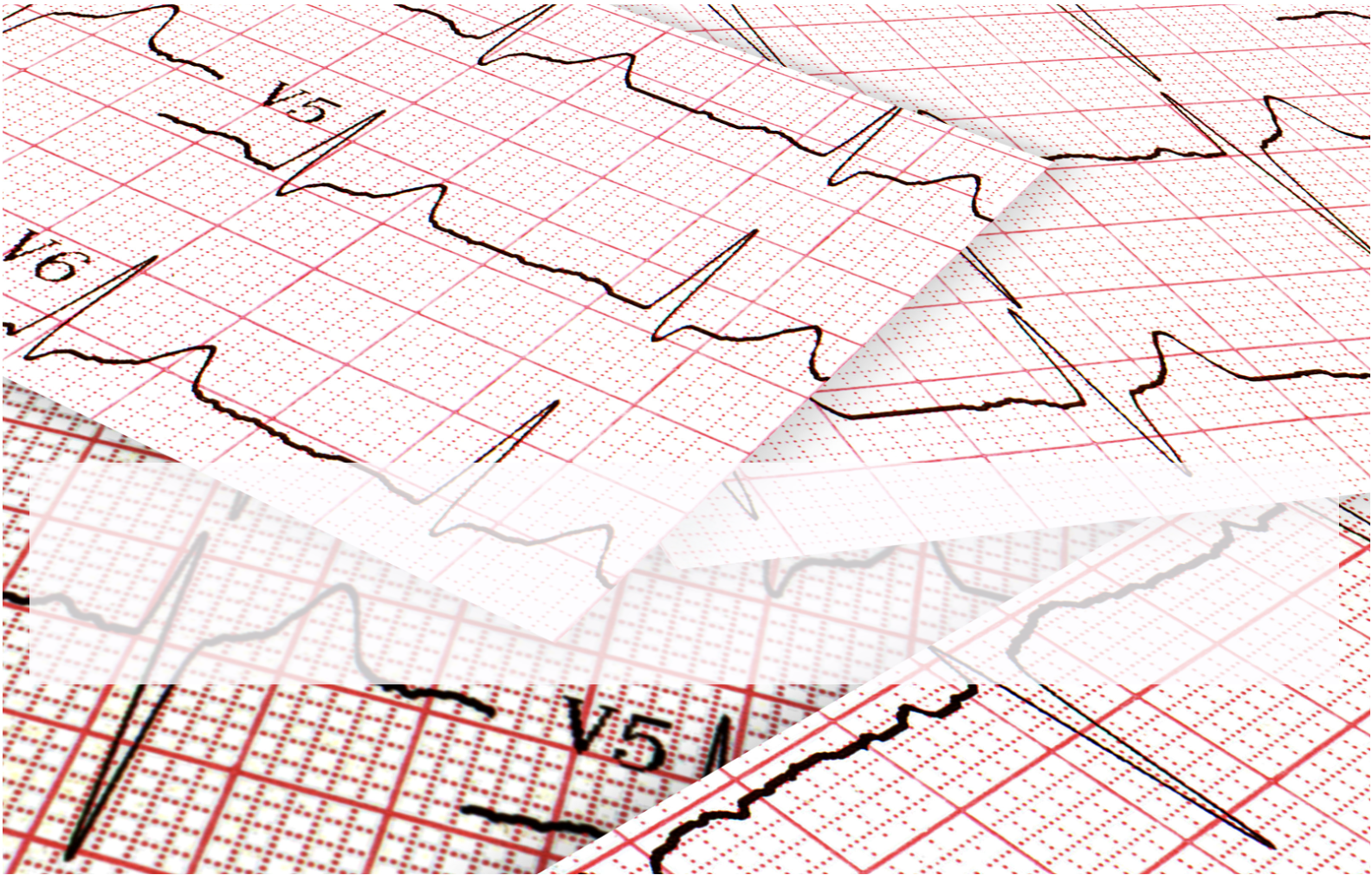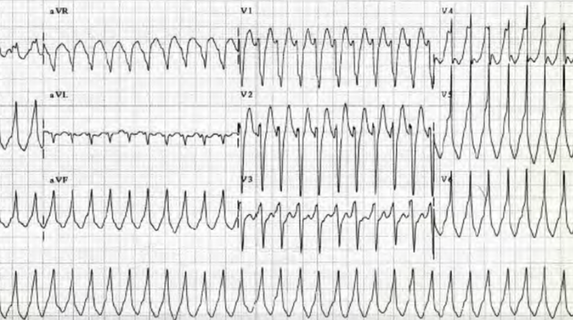Syncope is not uncommon, occurring in up to 25% of children before 18 years of age. Most causes are benign, however we need to be aware of the of 3 major groups as these can be very serious diagnoses:
- Those with a cardiac cause
- Those with a neurological cause
- Very young children, as syncope shouldn’t occur in this group.
Making the diagnosis in children can be stressful, so I like to use a simple algorithmic approach to work through the possible diagnoses. This is primarily so I don’t miss the more important causes. There are syncope rules in existence, however these apply to adult patients.
Definition of Syncope
Syncope in children and adults is a symptom, not a condition. It is up to us to determine the cause. The definition of syncope involves three components:
- Loss of consciousness
- Loss of postural tone
- Recovery and return to baseline
This third part of the definition is important. Simple neurocardiogenic syncope will have a return to baseline usually within about 30 seconds. However if there is altered consciousness for more than about 5 minutes, then seizure or other neurological cause needs to be considered.
Case
A 12 yo presents to the emergency department. He is unwell and has had some episodes of syncope. His investigations in the ED result in the diagnosis of Viral Encephalitis.
He develops the rhythm shown below and at the same time drops his conscious state. What does the ECG show? What is the diagnosis? What would you do now?
WHAT IS THE DIAGNOSIS?
Ventricular Tachycardia







